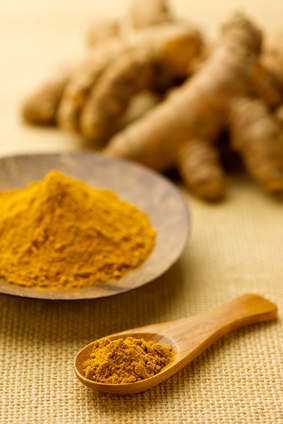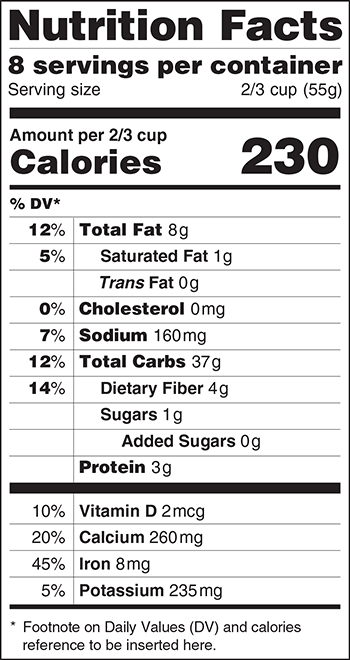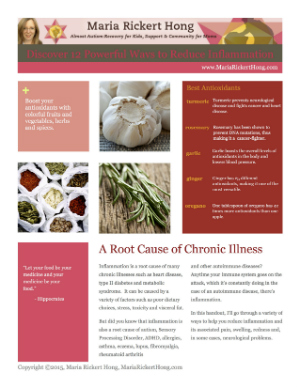 Being an autism mom is extremely stressful. It’s like having PTSD: Perpetual Traumatic Stress Disorder.
Being an autism mom is extremely stressful. It’s like having PTSD: Perpetual Traumatic Stress Disorder.
Unfortunately, all that stress can really do a number on mom’s health.
One of our own, Melanie Baldwin, aka “Booty Kicker” from The Thinking Moms’ Revolution, now suffers liver, spine, and bone cancer in her other hip after already surviving breast and bone cancer.
She and her profoundly autistic son need our help. As she struggles to overcome her current issues, her severely affected son, Luke, still requires 24/7 care and attention. He is self-injurious and quite ill, suffering the lingering effects of severe autism.
Click here to donate: http://tinyurl.com/njeq66s
All funds raised will go directly to assist Melanie and her family.


 The Food and Drug Administration (FDA) has just announced proposed changes to the nutrition label. Overall, I think these changes might make a positive and meaningful difference to our country’s health, at least to those who pay attention to food labels. Here’s a breakdown of what I think are the positive changes:
The Food and Drug Administration (FDA) has just announced proposed changes to the nutrition label. Overall, I think these changes might make a positive and meaningful difference to our country’s health, at least to those who pay attention to food labels. Here’s a breakdown of what I think are the positive changes:
 Formaldehyde in Johnson and Johnson products? For decades, Americans have come to believe that Johnson and Johnson’s products are perhaps the best choice for their babies. I know that when my boys were little, I was given lots of little samples of their shampoos, body washes and powders for babies.
Formaldehyde in Johnson and Johnson products? For decades, Americans have come to believe that Johnson and Johnson’s products are perhaps the best choice for their babies. I know that when my boys were little, I was given lots of little samples of their shampoos, body washes and powders for babies. I’ve said it before, and I’ll say it again: Sugar is as addictive as drugs! Sugar activates the same pleasure centers in your brain that hard drugs like morphine and heroin do, and you get a dopamine rush from consuming it. No wonder it’s so hard to give up!
I’ve said it before, and I’ll say it again: Sugar is as addictive as drugs! Sugar activates the same pleasure centers in your brain that hard drugs like morphine and heroin do, and you get a dopamine rush from consuming it. No wonder it’s so hard to give up!![[Webinar Signup] What Is the Body Ecology Diet? An Interview with Donna Gates Body Ecology Diet: An Interview with Donna Gates](https://www.mariarickerthong.com/wp-content/uploads/2013/11/Donna-Gates-and-Body-Ecology-Diet.jpg) Donna Gates is the developer of the Body Ecology Diet, a gut-healing diet that can be used to recover symptoms of autism, ADHD, autoimmune diseases, hormonal imbalances and more.
Donna Gates is the developer of the Body Ecology Diet, a gut-healing diet that can be used to recover symptoms of autism, ADHD, autoimmune diseases, hormonal imbalances and more. Why are there so many food allergies these days? Sign up below for the webinar replay of my interview of Robyn O’Brien to find out.
Why are there so many food allergies these days? Sign up below for the webinar replay of my interview of Robyn O’Brien to find out. In the fall of 2013, I attended “
In the fall of 2013, I attended “

